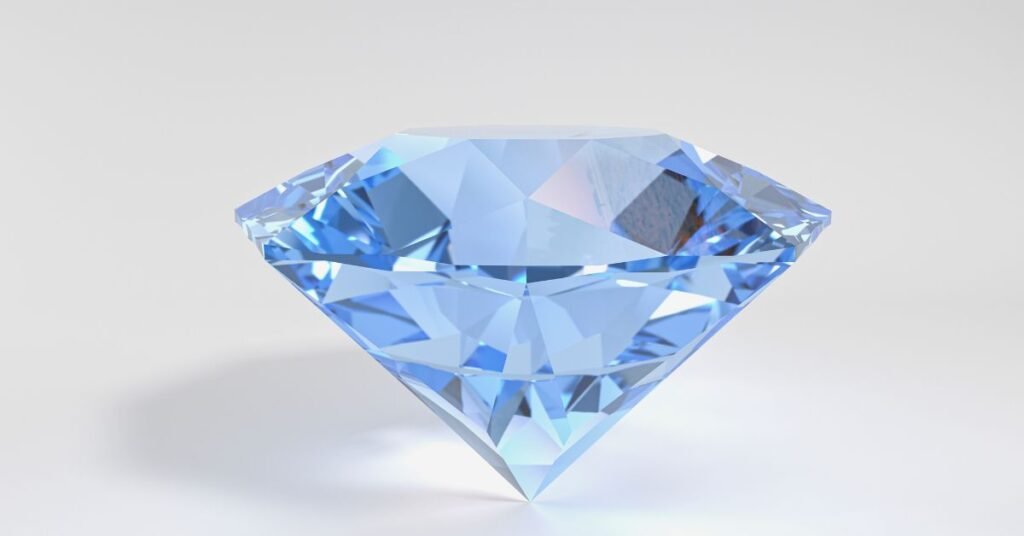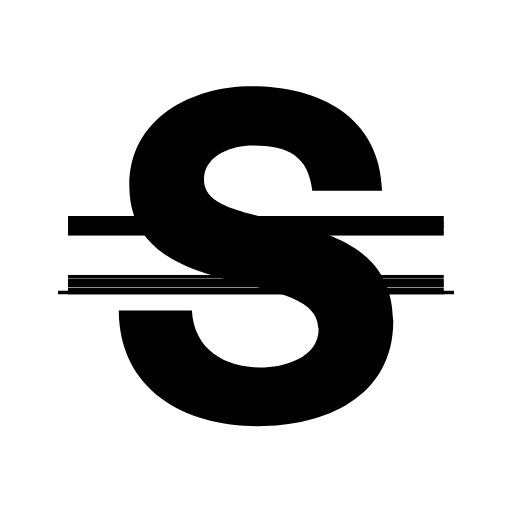The diamond market today
The diamond market is complex and fascinating. Whether you’re looking to buy a natural diamond or a lab-grown one, the price will depend on multiple factors: cut, clarity, and carat weight. Jewelers and consumers both study the 4 Cs to decide what makes a diamond truly good or excellent. The market has changed over the years, with online pricing tools and estimate resources helping people better understand what they’re buying.
Why an 11 carat diamond grabs attention
An 11 carat diamond is large by most standards. Because carat weight increases price exponentially, diamonds above 10 carats are rare and often reserved for engagement rings, jewelry pieces in high-end collections, or investment offers. The brand, the shape (round, emerald, etc.), cut, and whether it’s certified (e.g. GIA) will also heavily influence the value.
What Determines the Worth of an 11 Carat Diamond?
The 4 Cs: Carat, Cut, Color, Clarity
- Carat weight: 11 carats is a very high carat weight, which immediately places the diamond in a top pricing tier.
- Cut: A well-cut diamond maximizes brilliance and can significantly raise the price.
- Color: Diamonds graded closer to colorless (D, E, F) are much more valuable than tinted ones.
- Clarity: Fewer inclusions or blemishes (high clarity) mean higher value. A diamond with good clarity in large size is rare, thus expensive.
Shape, certification & origin
The shape (round being typically most expensive, emerald, etc.) matters. Certified diamonds (for example by GIA) provide assurance on cut, and carat. Whether the diamond is natural or lab-grown also affects the market price greatly. Lab diamonds often are lower in cost for the same carat, color, cut, but may have different resale considerations.
Other quality factors: fluorescence, platinum settings, etc.
Features like fluorescence, the metal used in settings (like platinum), and overall craftsmanship of the jewelry piece can add or subtract a lot from the final price. Good fluorescence may reduce color grades; bad setting can lower resale or “sell-well” potential.

Estimating the Price of an 11 Carat Diamond
Price range and market data
Looking at actual listings for 11 carat round cut diamonds, prices vary widely. For example, some 11 ct round diamonds with color H or I and clarity SI2 are listed around US$200,000-250,000; the price jumps much higher for D color, VS or VVS clarity, or more excellent cut.
How much do jewelers and online calculators help?
Tools like diamond calculators or price estimator sites let you enter carat, cut, color, clarity, and sometimes shape, then they output an estimate or price range. These can be valuable for buyers to understand whether an “offer” is good or overpriced. But they depend strongly on accurate data and certified grading. StoneAlgo.com
Price per carat vs. total price
Because of rarity, the price per carat of an 11 carat diamond is much higher than for smaller stones. For instance, small jumps in clarity or color at this weight can multiply the total price by tens of thousands. The total value = price per carat × carat weight, but that base “price per carat” itself depends heavily on quality.
Natural vs Lab-Grown: Which Affects Value More?
- Natural diamonds often retain value better in resale, particularly at high carat weights and top quality.
- Lab-grown diamonds can offer lower prices for comparable visible quality, especially in color and cut. But the market may discount resale prospects.
- Certification (especially from GIA) is crucial whether natural or lab-grown for credible prices and trust.
Practical Tips Before Buying an 11 Carat Diamond
- Select a certified diamond (GIA or equivalent) with an excellent cut.
- Compare online and in-store prices to check whether the price per carat is reasonable.
- Use an estimate or calculator tool to get a ballpark before serious buying.
- Don’t undervalue shape and cut – a poorly cut 11 carat looks less brilliant than a well cut 8 carat.
- Consider resale and how likely the diamond will maintain its value over years.


Leave a Reply